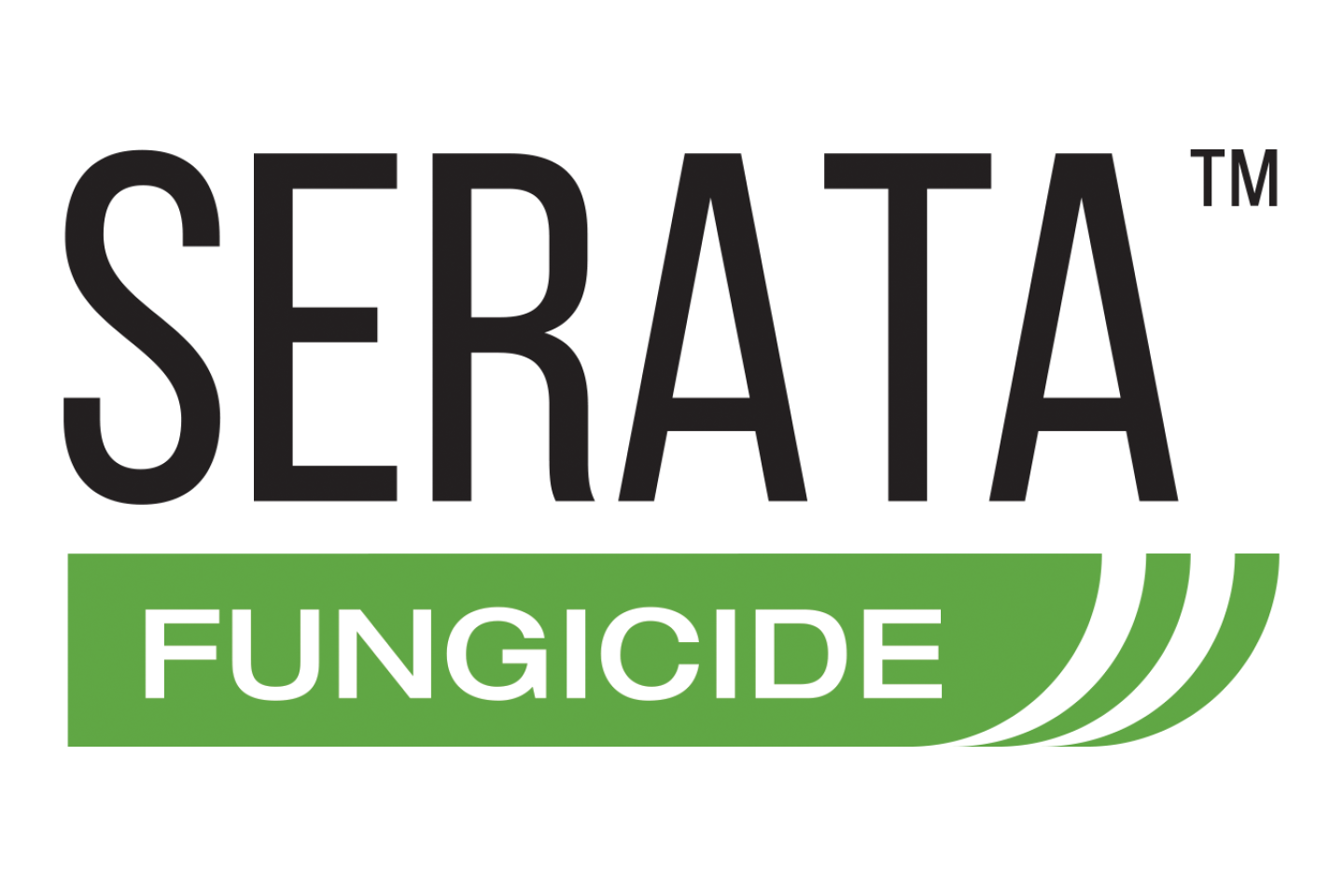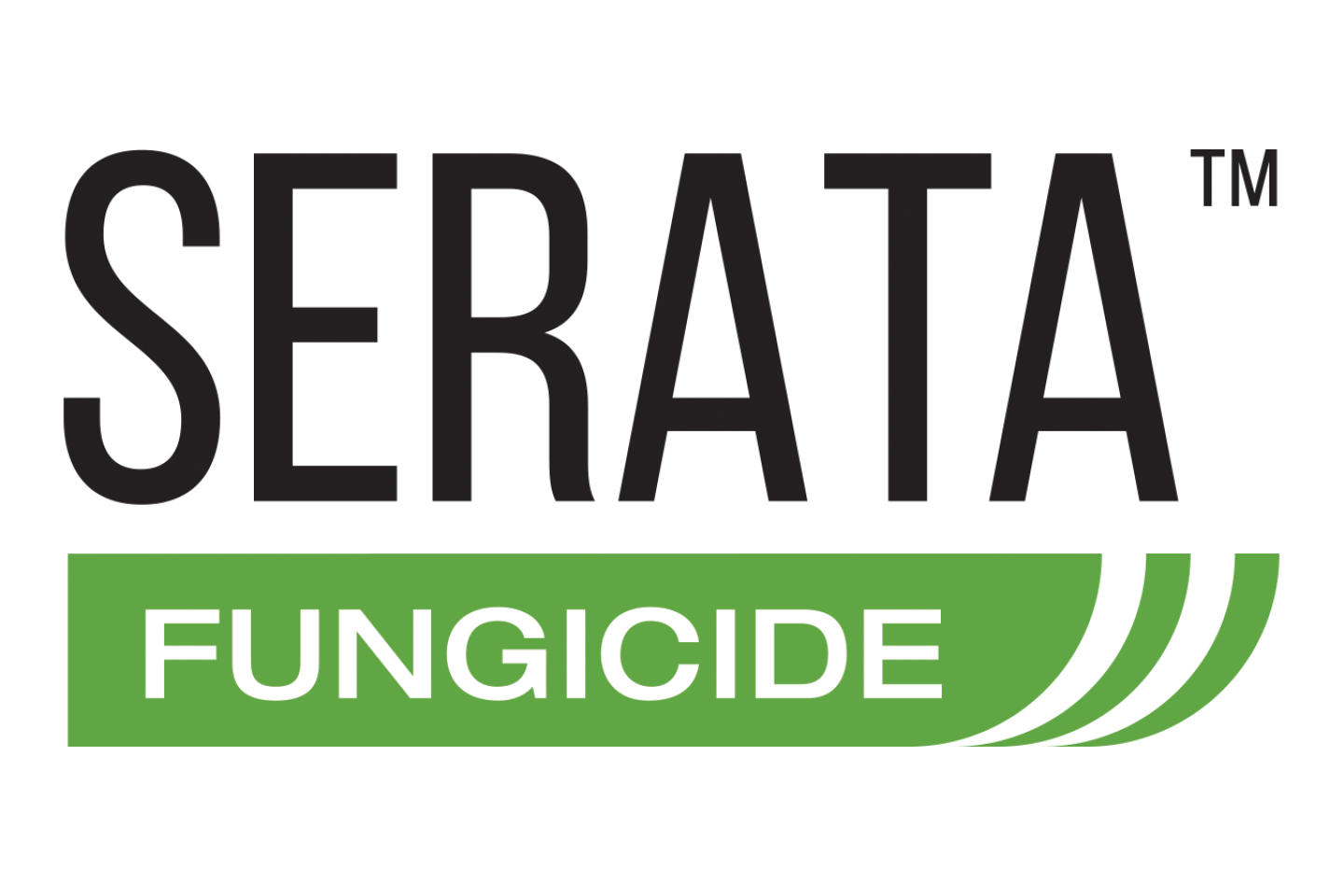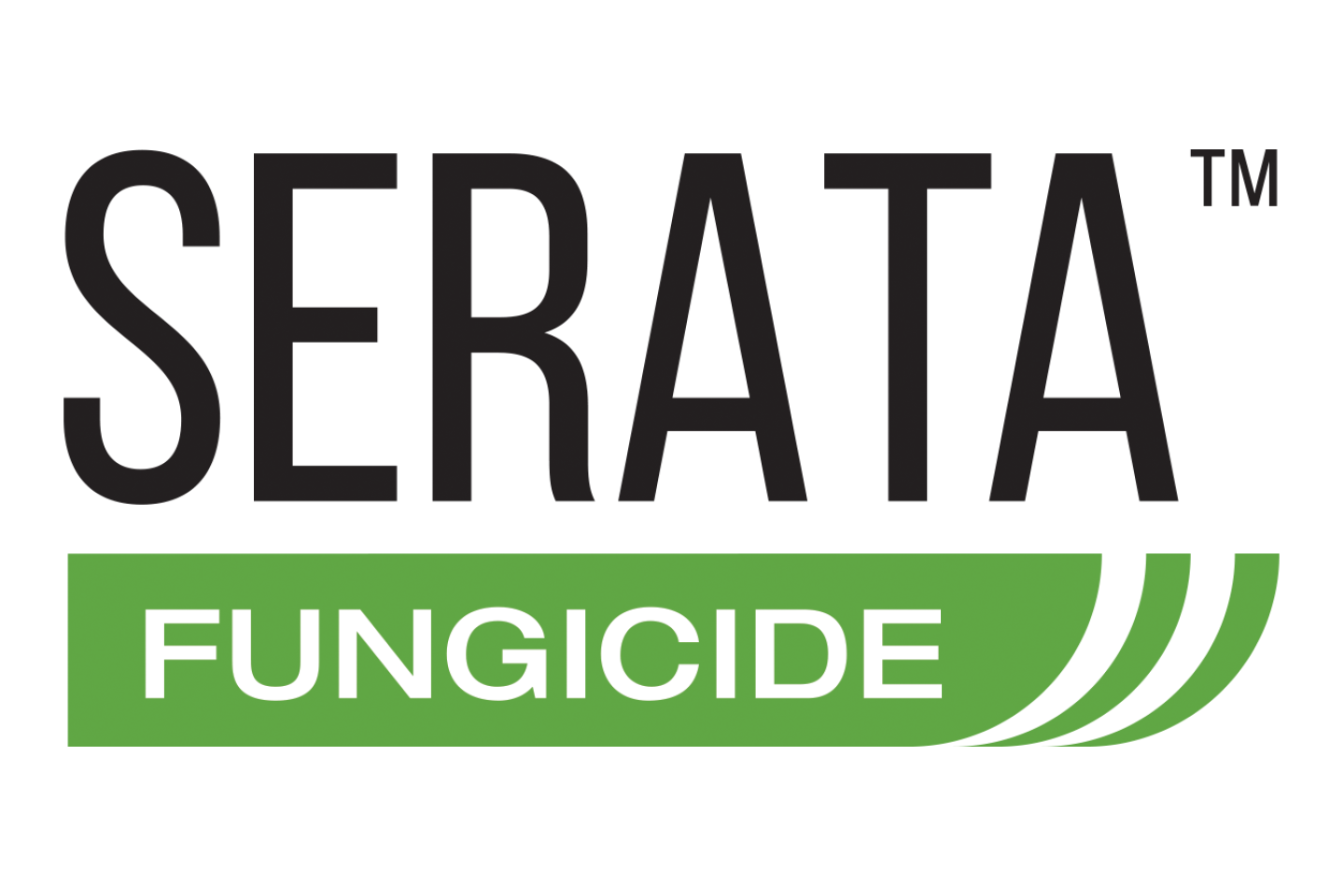Overview
Pythium root rot (PRR) is a disease that can infect all turfgrasses. Mostly occurring in the summer, Pythium root rot causes a general decline in turfgrass health. PRR differs from Pythium root dysfunction (PRD) in the time of year it infects turf (PRR infects in summer, PRD in fall/spring) and the root damage caused (PRR rots roots, PRD prevents fine root hair growth). Symptomatically, it is very difficult to differentiate the two diseases, therefore knowing when infection is occurring and getting a proper diagnosis can lead to better management choices when attempting to control these diseases.
Environmental Conditions Favoring Disease Development
Like PRD, Pythium root rot is an oomycete that can be devastating to many turf types including Kentucky Bluegrass, Perennial Ryegrass, Fescues, Bermudagrass, Zoysiagrass and St. Augustinegrass. There are many different species that cause Pythium root rot. Poorly drained soils, poor air flow and lack of sunlight contribute to disease development. The disease can also affect turfgrass with well drained soils if the soil remains wet over long periods. There are pythium root rot many species that cause PRR. Some species infect turfgrass when temperatures are between 32°F and 50°, while other species proliferate in temperatures between 70°F and 90°F. Depending on where you are in the country PRR can be seasonal or a yearlong concern.
Symptoms and Identification
Note the historical location of disease outbreaks, particularly in areas with poor drainage or areas that receive too much irrigation. Keep track of weather and potential storms that may keep soils wet for prolonged periods as this can also lead to outbreaks of PRR. Generally, symptoms of PRR in turfgrass are patchy areas with discoloring turfgrass. Turf may appear orange or yellow in patches, but when you look at the roots, you’ll see a poorly developed root system (Figure 1) and rotting, necrotic roots as the disease progresses.
Management
Cultural
Since PRR requires moisture in the soil for development, ensure turfgrass is adequately watered and correct any drainage and air flow issues. Apply proper fertility to encourage healthy growth and development. Spring and fall aerification and top dressing will provide needed gas exchange, water infiltration, and reduce compaction thus stimulating root growth. If symptoms develop during stressful growing times of summer, adjust management practices where feasible. Increasing mowing heights, substituting mowing with rolling to maintain green speed or using solid rollers instead of grooved rollers on mowers can reduce plant stress.
Chemical
Pythium root rot is best managed by using a preventative fungicide application program. Fungicide applications should be targeted when soil temperatures reach 68°F consistently or when there’s consistent rainfall (2 - 3 consecutive days), particularly if in an area with a history of PRR. Fame ® SC has a good efficacy rating for PRR control. Serata™, a new mode of action for PRR, can be used for excellent control. Fungicides should be lightly irrigated after treatment to move the fungicide down to the roots. Incorporating Fame SC into a program with products like Serata would ensure Pythium root rot is kept at bay and further protecting turfgrasses from this destructive disease.



